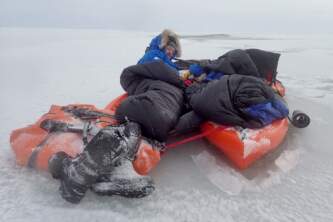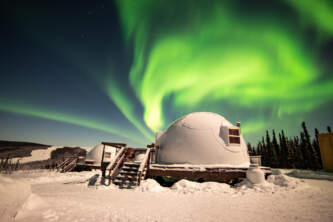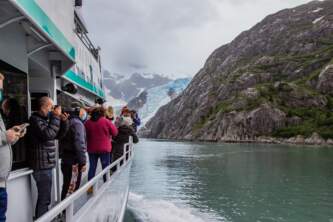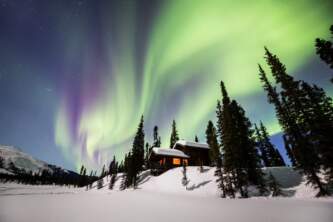Four Myths About Anchorage

By Bob Kaufman
Founder, Alaska.org
Anchorage, Alaska is one of the most unique—and misunderstood—travel destinations in the world. The saying “Everything is bigger in Alaska,” doesn’t just apply to the mountains and glaciers—it also holds true for myths about Alaska. Here are four of them that we’re going to bust once and for all!
Myth #1: Alaska’s Too Cold!
Anchorage’s climate from springtime to the fall is similar to San Francisco’s in the spring; temperatures can reach into the 70’s. The city lies more than 350 miles south of the Arctic Circle and is warmed by Pacific Ocean currents, so the climate is quite mild year-round, and summertime high temperatures average 65°F/18°C. It gets even warmer if you travel to Alaska’s interior, where you’re likely to see temperatures in the 80’s and even 90’s. That’s hot by local standards, but still perfect for outdoor adventures.
Winters bring snow, with high temperatures in the 20’s, creating a climate very much like ski resorts in the Rocky Mountains, Canada, or Europe. Low humidity also contributes to Anchorage’s comfortable climate.
Myth #2: Alaska’s Too Far
Anchorage is only a 4-hour flight from the west coast of the U.S. With connections from all over the world and more than 240 flights arriving daily at Ted Stevens Anchorage International Airport, Alaska’s largest urban center serves as the gateway to Alaska. Most flights—even from the East Coast—have only one stop in Chicago, Denver, or Seattle, so the logistics of flying to Alaska are a cinch.
While you fly, enjoy a spectacular bird’s-eye view of the miles and miles of gigantic, snow-capped mountains and deep valleys carved by ancient glaciers. And during winter, you might luck out and see the northern lights dancing across the night sky!
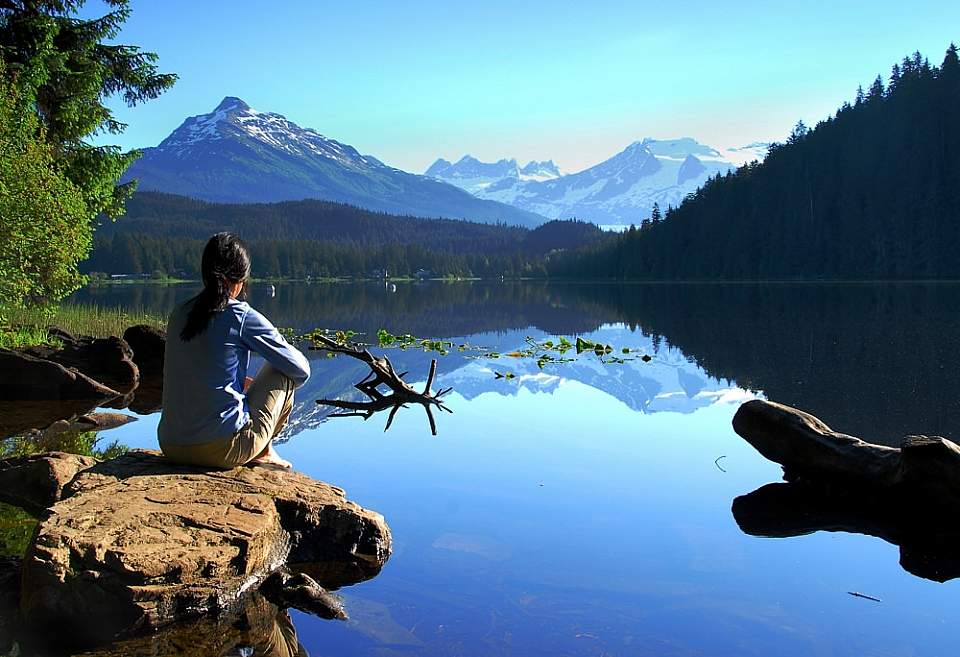
Myth #3: Alaska’s Expensive
Well…not really. The cost of living in many Alaskan cities is significantly less than in many other U.S. cities. Some items, like Alaskan seafood, are typically cheaper and certainly fresher than you can get anywhere else. Plus, there’s no statewide sales tax!
Even better, many of the state’s best offerings are free. Ubiquitous greenbelts and parks offer easy access to activities that don’t necessarily cost anything: world-class fishing, birding, wildlife viewing, berry picking, cross-country skiing, ice skating, sledding, hiking, biking, and rafting.
Alaska Trip Cost Calculator
See an average breakdown, based upon our analysis of hundreds of actual itineraries.
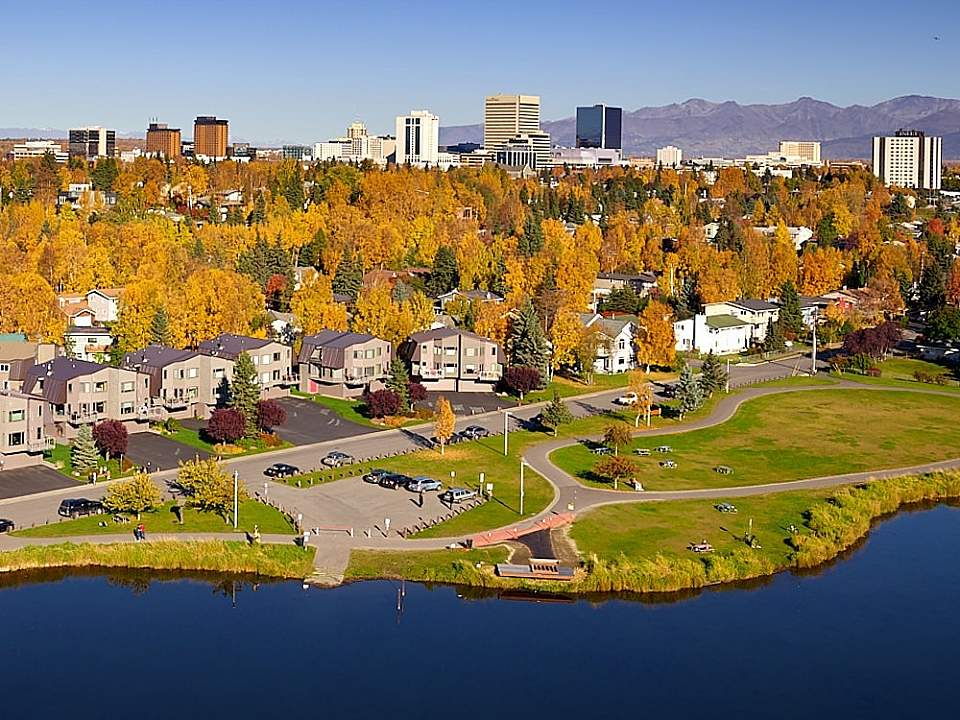
Myth #4: Alaska’s Dark
Most visitors come to Alaska between May and September, when Anchorage gets as much as 21 hours of sunlight per day. In the Far North, the sun doesn't set for several months. Just imagine how much adventure you can pack into 21 hours of sunlight each day!
It is true that the winter days are shorter than places closer to the equator, but averaged over an entire year, Alaska gets 10–17 minutes more daylight per day than the rest of the country. If you include civil twilight—when there’s still enough sunlight for outdoor activities—Alaska gets 40 minutes more light on average per day than the rest of the country.
Even during those months when Alaska has just as many daylight hours as other locations, the days seem longer. That's because the sun rises and sets later in Alaska due to time-zone boundaries.

